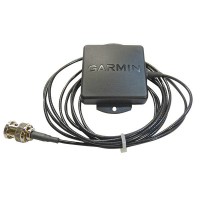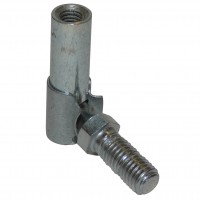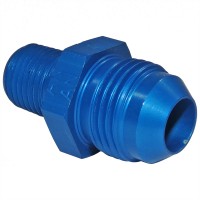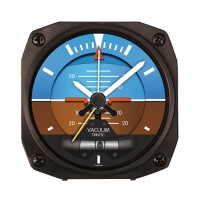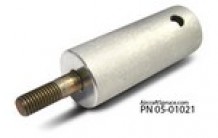SAME DAY SHIPPING ON ORDERS PLACED BY 4 PM | 877-4-SPRUCE
Jn-4 Jenny Model
$239.95/Each
Part# 13-10538
MFR Model# AJN4T
MFR Model# AJN4T
Special Order
Indefinite Backorder
Indefinite Backorder
Overview
|
The JN-4 ""Jenny"" is a biplane trainer aircraft built and manufactured by Curtiss Aeroplane Company and was designed by Glen Curtiss. North Americas most famous World War I aircraft is the Curtiss JN-4 since it was used to train beginner pilots. The JN-4s Canadian version was the JN-4 Can, also known as ""Canuck"". It was built with a control stick instead of the Deperdussin control wheel used in the regular JN-4 model, and has a more rounded rudder outline than the American version. The US version was called ""Jenny"" and has a twin seat dual control. The tractor prop and maneuverability of the Jenny made it ideal for initial pilot training. Most JN-4s built were unarmed, though some had machine guns and bomb racks for advanced training. After World War I, hundred JN-4s were sold in the civilian market, including the ones sold to Charles Lindbergh as his first aircraft. The Low speed of the JN-4 made it ideal for stunt flying and aerobatic displays. In the 1930s, some JN-4s were still operational. The primary users of the JN-4 were the United States Army Air Service and the Royal Flying Corps. |
WARNING: Cancer and Reproductive Harm - www.P65Warnings.ca.gov. |
Customers Also Viewed
Q&A
Please note, Aircraft Spruce's personnel are not certified aircraft mechanics and can only provide general support and ideas, which should not be relied upon or implemented in lieu of consulting an A&P or other qualified technician. Aircraft Spruce assumes no responsibility or liability for any issue or problem which may arise from any repair, modification or other work done from this knowledge base. Any product eligibility information provided here is based on general application guides and we recommend always referring to your specific aircraft parts manual, the parts manufacturer or consulting with a qualified mechanic.

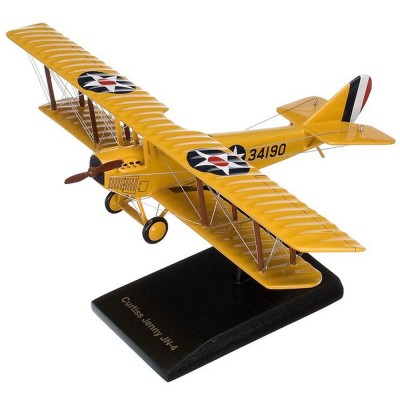





 FREE Shipping
FREE Shipping
